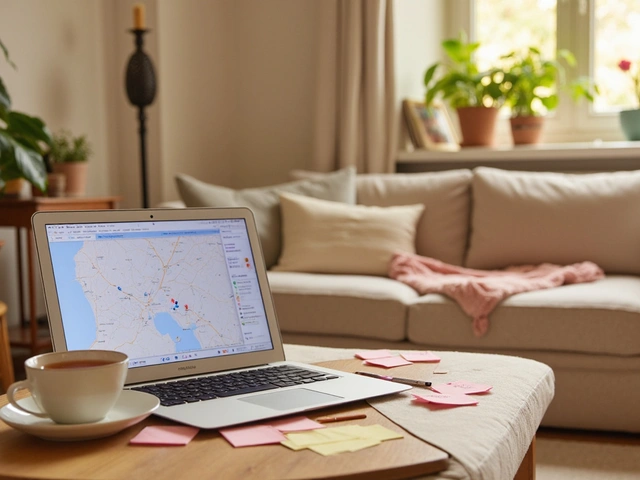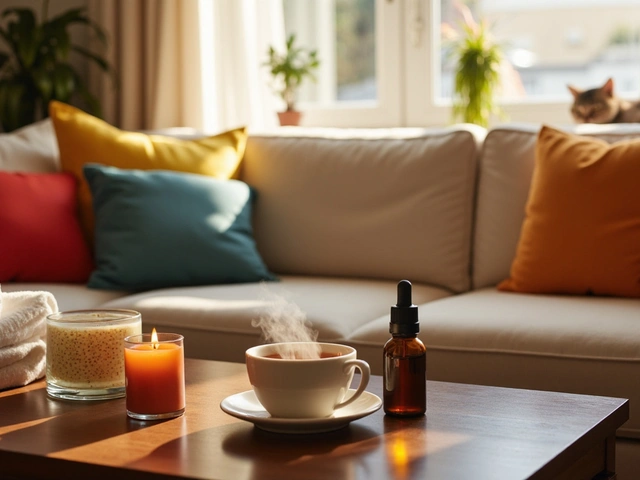At-Home Thai Massage in London – A Practical Guide
Thai massage is famous for its deep stretches and rhythmic pressure, but you don’t always need to travel to a studio. More Londoners are hiring mobile therapists who bring the mat, oils, and expertise straight to their living room. If you’ve ever wondered how to turn your flat into a Thai spa, this guide will walk you through the whole process.
Finding the Right Mobile Thai Therapist
Start by checking local listings, review sites, and social media groups dedicated to wellness in London. Look for therapists who list certifications from recognized Thai schools – that usually means a 200‑hour course or more. A quick phone call can reveal if they carry their own equipment, how they handle hygiene, and whether they offer a short trial session.
Pricing varies. Expect a base rate of £80‑£120 for a 60‑minute session, plus travel if you’re outside central zones. Some therapists offer discounts for repeat bookings, so ask about package deals. Always confirm cancellation policies – you don’t want a surprise fee if plans change.
Preparing Your Space for a Thai Session
Clear a quiet corner of at least 8 × 4 feet. A yoga mat or thin foam pad works fine; Thai massage traditionally uses firm, floor‑level surfaces. Dim the lights, close windows, and set a low‑volume playlist of ambient sounds or soft Thai music.
Keep a small basket with clean towels, a water bottle, and a spray bottle of warm water. Thai massage involves a lot of movement, so a breathable room temperature (around 22 °C) helps the client stay relaxed while the therapist manipulates joints.
Safety matters. Make sure the floor is not slippery and that any loose rugs are removed. If you have pets, keep them out of the room to avoid interruptions.
When the therapist arrives, give them space to set up their equipment. Most will bring a bolster, a few blankets, and a small oil bottle. They’ll ask about any injuries or recent surgeries – be honest, as Thai techniques can be intense.
If you’re on a budget or just curious, try a few basic Thai stretches on your own. Sit on the floor, legs crossed, and gently pull one foot toward you while keeping the knee straight. Hold for 20‑30 seconds, then switch sides. This mimics the “leg pull” stretch often used in Thai sessions and can improve flexibility before a professional visit.
After the massage, drink plenty of water. Thai massage releases toxins, and staying hydrated helps your body flush them out. A light snack, like fruit or a small yoghurt, restores energy without feeling heavy.
That’s it – you now have the basics to enjoy a Thai massage at home. With the right therapist, a tidy space, and a few simple preparations, you can get the deep, rhythmic stretch that leaves you feeling both relaxed and energized, all without leaving your front door.
Unlock the secrets of Thai massage and see how it can level up your self-care routine, even if you're a total beginner. This practical guide walks you through what Thai massage really is, the biggest perks for your body and mind, and easy ways to blend its techniques into daily life without breaking the bank. Learn what to expect during a session and how to keep your experience both safe and rewarding. Unlike other massages, Thai massage can even be done at home with a little guidance. It’s time to make relaxation a regular part of your week, not just a treat.
Read More




